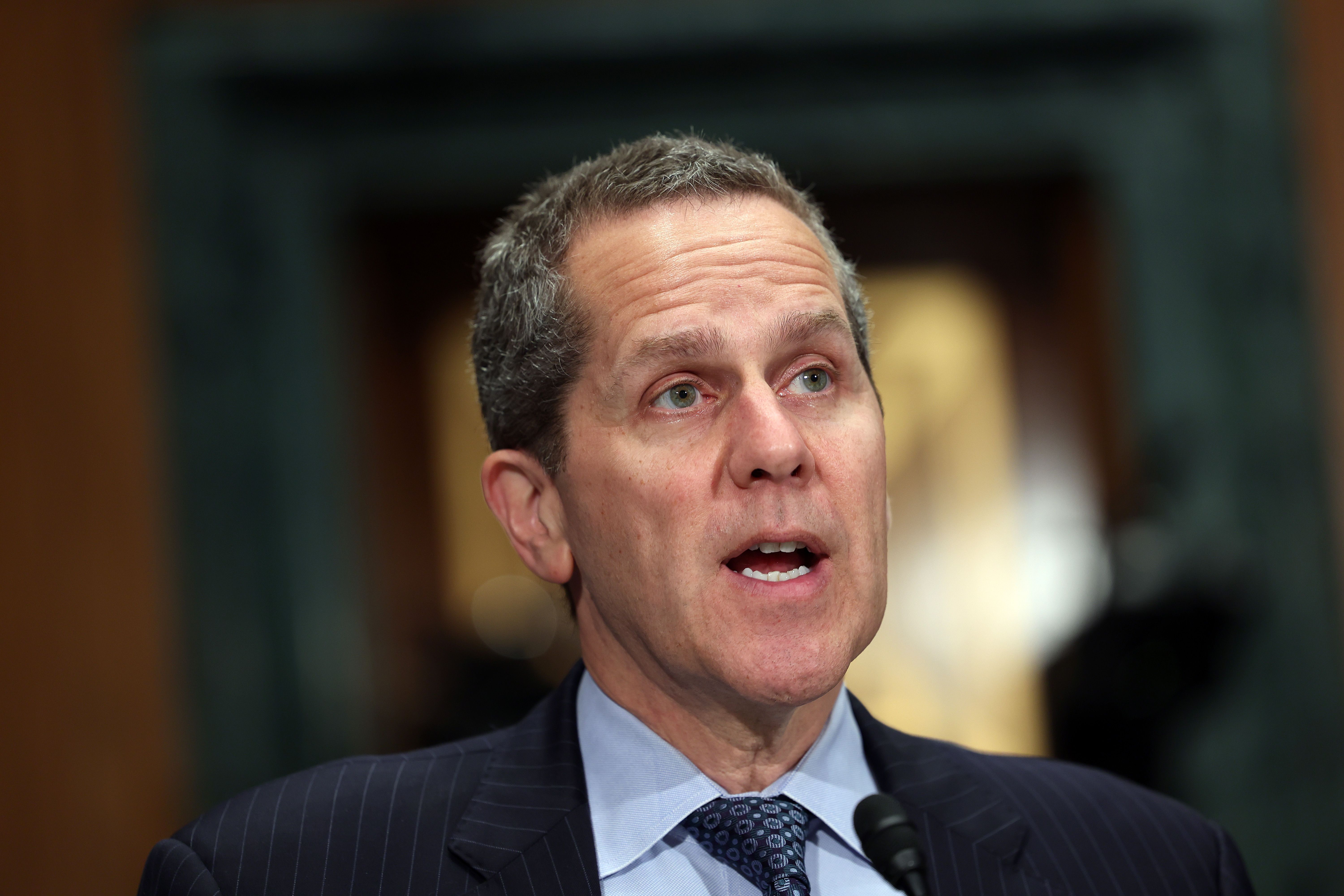On the last day of June, the European Union reached an agreement on how to regulate the crypto-asset industry, giving the green light to Markets in Crypto-Assets (MiCA), the EU’s main legislative proposal to oversee the industry in its 27 member countries. A day earlier, on June 29, lawmakers in the member states of the European Parliament had already passed the Transfer of Funds Regulation (ToFR), which imposes compliance standards on crypto assets to crack down on money laundering risks in the sector.
Given this scenario, today we will further explore these two legislations that, due to their broad scope, can serve as a parameter for the other Financial Action Task Force (FATF) members outside of the 27 countries of the EU. As it’s always good to understand not only the results but also the events that led us to the current moment, let’s go back a few years.
The relation between the FATF and the newly enacted EU legislation
The Financial Action Task Force is a global intergovernmental organization. Its members include most major nation-states and the EU. The FATF is not a democratically elected body; it is made up of country-appointed representatives. These representatives work to develop recommendations (guidelines) on how countries should formulate Anti-Money Laundering and other financial watchdog policies. Although these so-called recommendations are non-binding, if a member country refuses to implement them, there can be serious diplomatic and financial consequences.
Along these lines, the FATF released its first guidelines on crypto assets in a document published in 2015, the same year when countries like Brazil started debating the first bills on cryptocurrencies. This first document from 2015, which mirrored the existing policies of the United States regulator the Financial Crimes Enforcement Network, was reassessed in 2019, and on October 28, 2021, a new document titled “Updated Guidance for a risk-based approach to virtual assets and VASPs” came out containing the current FATF guidelines on virtual assets.
Related: FATF includes DeFi in guidance for crypto service providers
This is one of the reasons why the EU, the U.S. and other FATF members are working hard to regulate the crypto market, in addition to the already known reasons such as consumer protection, etc.
If we look, for example, at the 29 of 98 jurisdictions whose parliaments have already legislated on the “travel rule,” all have followed the FATF’s recommendations to ensure that service providers involving crypto assets verify and report who their customers are to the monetary authorities.
The European digital financial package
MiCA is one of the legislative proposals developed within the framework of the digital finance package launched by the European Commission in 2020. This digital finance package has as its main objective to facilitate the competitiveness and innovation of the financial sector in the European Union, to establish Europe as a global standard setter and to provide consumer protection for digital finance and modern payments.
In this context, two legislative proposals — the DLT Pilot Regime and the Markets in Crypto- Assets proposal — were the first tangible actions undertaken within the framework of the European digital finance package. In September 2020, the proposals were adopted by the European Commission, as was the Transfer of Funds Regulation.
Related: European ‘MiCA’ regulation on digital assets
Such legislative initiatives were created in line with the Capital Markets Union, a 2014 initiative that aims to establish a single capital market across the EU in an effort to reduce barriers to macroeconomic benefits. It should be noted that each proposal is only a draft bill that, to come into force, needs to be considered by the 27 member countries of the European Parliament and the Council of the EU.
For this reason, on June 29 and June 30, two “interim” agreements on ToFR and MiCA, respectively, were signed by the…
Read More: cointelegraph.com









 Bitcoin
Bitcoin  Ethereum
Ethereum  XRP
XRP  Tether
Tether  Solana
Solana  Dogecoin
Dogecoin  USDC
USDC  Cardano
Cardano  Lido Staked Ether
Lido Staked Ether  TRON
TRON  Avalanche
Avalanche  Wrapped stETH
Wrapped stETH  Sui
Sui  Chainlink
Chainlink  Toncoin
Toncoin  Shiba Inu
Shiba Inu  Stellar
Stellar  Wrapped Bitcoin
Wrapped Bitcoin  Hedera
Hedera  Polkadot
Polkadot  WETH
WETH  Bitcoin Cash
Bitcoin Cash  Uniswap
Uniswap  Pepe
Pepe  Litecoin
Litecoin  Hyperliquid
Hyperliquid  LEO Token
LEO Token  Wrapped eETH
Wrapped eETH  NEAR Protocol
NEAR Protocol  Ethena USDe
Ethena USDe  USDS
USDS  Internet Computer
Internet Computer  Aptos
Aptos  Aave
Aave  Render
Render  Mantle
Mantle  Bittensor
Bittensor  POL (ex-MATIC)
POL (ex-MATIC)  Cronos
Cronos  Ethereum Classic
Ethereum Classic  Artificial Superintelligence Alliance
Artificial Superintelligence Alliance  Virtuals Protocol
Virtuals Protocol  MANTRA
MANTRA  WhiteBIT Coin
WhiteBIT Coin  Arbitrum
Arbitrum  Monero
Monero  Tokenize Xchange
Tokenize Xchange